Hyundai i10 vs Peugeot 208 – Kumpi malli toimii paremmin arjessa?
Vertaa suorituskykyä, tavaratilaa, kulutusta ja hintaa yhdellä silmäyksellä.
Ota selvää, kumpi auto on sinulle parempi valinta – Hyundai i10 vai Peugeot 208?
A Clash of Compacts: Hyundai i10 vs Peugeot 208
In the realm of compact hatchbacks, the new Hyundai i10 and Peugeot 208 showcase a blend of innovation, style, and practicality. Both cars cater to urban drivers and small families, but their distinct features make them appealing to different audiences. Let's dive into a comparison highlighting their technical prowess and design philosophies.
Design and Dimensions
The Hyundai i10, with its recent facelift for the 2024 model year, maintains a compact footprint with dimensions measuring approximately 3670 to 3675 mm in length, 1680 mm in width, and about 1480 to 1483 mm in height. It neatly fits into the hatchback category with its agile maneuverability, especially in city environments.
On the other hand, the Peugeot 208 commands a slightly larger presence. Its length of 4055 mm, width of 1745 mm, and height of 1430 mm ensure it stands out with a hint of sporty elegance. Its bolder styling may appeal to those who prefer a more dynamic aesthetic.
Performance and Efficiency
When it comes to engines, the i10 offers a variety of petrol engines ranging from 63 to 90 HP, and its manual or automated manual transmissions cater to both traditionalists and those preferring ease of use. The i10's fuel consumption varies between 4.9 and 5.4 L/100km, making it a frugal choice for daily commuters.
Conversely, the Peugeot 208 provides broader options with its petrol MHEV, petrol, and fully electric variants. Its engines deliver power from 101 to 156 HP, supported by either manual or dual-clutch automatic transmissions. The 208's efficiency is impressive, with petrol models consuming between 4.7 to 5.4 L/100km, while the electric variants offer an electric range up to 410 km. The choice between internal combustion and electric underlines Peugeot’s commitment to versatility.
Interior and Technology
Both hatchbacks cater to comfort and practicality. The Hyundai i10 can seat four to five passengers, depending on the configuration, while offering a trunk capacity of 252 liters. This makes it a practical choice for city runs and short trips.
The Peugeot 208, meanwhile, provides ample room for five occupants and a trunk capacity ranging up to 309 liters, offering slightly better space management for larger baggage. Peugeot’s i-Cockpit with its digital displays and intuitive control layout enhances the driver’s experience, setting a benchmark for technological engagement.
Ride and Handling
The ride quality of the Hyundai i10 is oriented towards ease and comfort, making it ideal for urban settings. With a top speed range of 143 to 175 km/h, it offers adequate performance for everyday use.
The Peugeot 208, however, caters to those who enjoy a more spirited drive. Its handling has been finely tuned to offer greater engagement, with top speeds of up to 200 km/h, depending on the model. Such performance reinforces the 208’s appeal to those who desire both efficiency and exhilaration.
Conclusion
The decision between the Hyundai i10 and Peugeot 208 ultimately rests on individual preferences and priorities. The i10 is a compelling option for urbanites seeking affordability and straightforward practicality. In contrast, the Peugeot 208 shines with its flair for style, innovation, and a nod towards the future with its electric capabilities. Both hatchbacks bring unique offerings to the table, ensuring that no matter the choice, drivers are treated to a rewarding experience behind the wheel.
Tässä mennään yksityiskohtiin: tekniset erot tarkemmin
Kustannukset ja kulutus: Hinta ja tehokkuus ovat usein ensimmäiset valintakriteerit auton ostossa. Tässä näkyy, kumpi malli on pitkällä aikavälillä edullisempi – tankatessa, ladatessa tai hankintahinnassa.
Hyundai i10 on hinnassa selvä edullisempi – sen lähtöhinta on 17000 €, kun taas Peugeot 208 maksaa 24100 €. Ero on noin 7140 €.
Polttoaineenkulutuksessa näkyy ero: Peugeot 208 kuluttaa 4.50 L ja on siten kevyt taloudellisempi kuin Hyundai i10, jonka kulutus on 4.90 L. Ero on noin 0.40 L /100 km.
Moottori ja suorituskyky: Moottorin alta paljastuu, kumpi malli on urheilullisempi ja kiihtyy paremmin.
Moottoritehossa Peugeot 208 on vakuuttava etulyöntiasemassa – 156 hv verrattuna 90 hv:een. Ero on noin 66 hv hv.
Kiihdytyksessä 0–100 km/h Peugeot 208 on ilmeinen nopeampi – 8.30 s vs. 11.40 s. Ero on noin 3.10 s sekuntia.
Huippunopeudessa Peugeot 208 on vähän edellä – se yltää 200 km/h:een, kun taas Hyundai i10 saavuttaa 175 km/h. Ero on noin 25 km/h.
Vääntömomentissa näkyy myös ero: Peugeot 208 vetää huomattava voimakkaammin, 270 Nm verrattuna 172 Nm:een. Eroa on noin 98 Nm.
Tila ja käytännöllisyys: Perheauto vai arjen kumppani – kumpi tarjoaa enemmän tilaa, mukavuutta ja käytettävyyttä?
Molemmissa autoissa on tilaa 5 henkilölle.
Omapainossa Hyundai i10 on pienessä määrin kevyempi – 996 kg verrattuna 1165 kg:een. Painoero on noin 169 kg.
Tavaratilan koossa Peugeot 208 tarjoaa erottuva enemmän – 352 L verrattuna 252 L:een. Ero on noin 100 L.
Maksimikantavuudessa Peugeot 208 pärjää vähäinen paremmin – jopa 1163 L, noin 113 L enemmän kuin Hyundai i10.
Kantavuudessa Peugeot 208 on kevyt parempi – 430 kg verrattuna 423 kg:een. Ero on noin 7 kg.
Yhteenvetomme: Peugeot 208 osoittautuu olevan on ylivoimainen ja saa siksi tittelin DriveDuel Champion!
Tässä vertailussa Peugeot 208 on monipuolisempi kokonaisuus.
Hyundai i10
Hyundai i10 on kompakti ja tyylikäs kaupunkiauto, joka tarjoaa erinomaisen ajokokemuksen. Sen ketteryys ja pieni koko tekevät siitä perfectin valinnan kiireiseen kaupunkiympäristöön, missä parkkeeraus saattaa olla haasteellista. Mukautuva sisustus ja modernit varusteet tekevät i10:stä houkuttelevan vaihtoehdon kaikille, jotka arvostavat käytännöllisyyttä ja mukavuutta.
Tiedot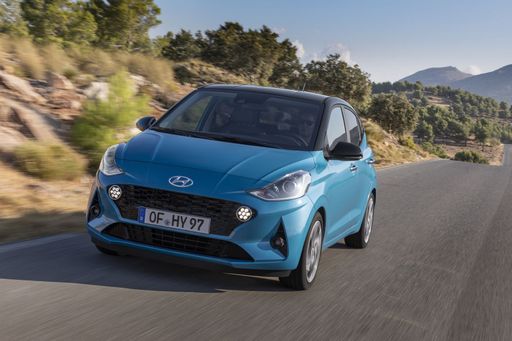 @ hyundai.news
@ hyundai.news
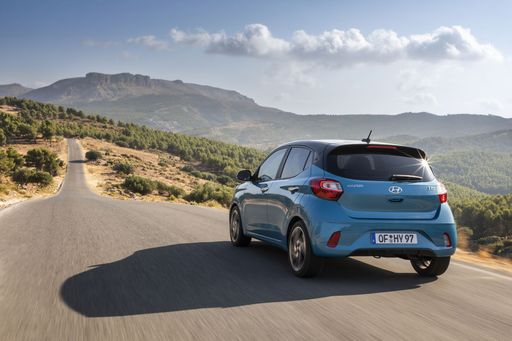 @ hyundai.news
@ hyundai.news
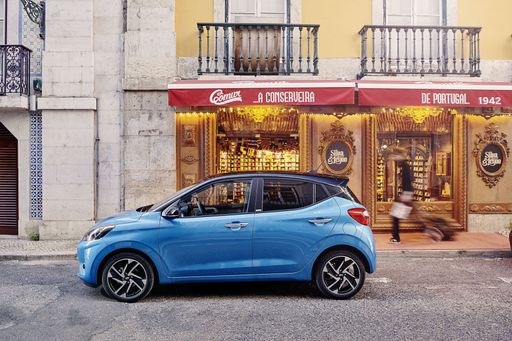 @ hyundai.news
@ hyundai.news
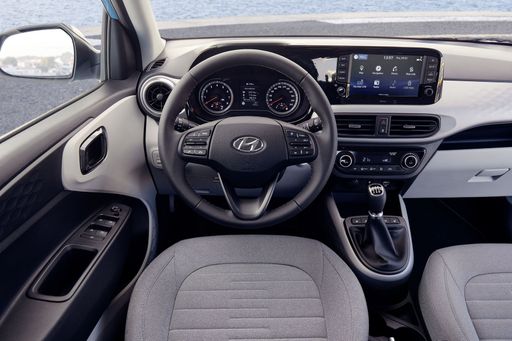 @ hyundai.news
@ hyundai.news
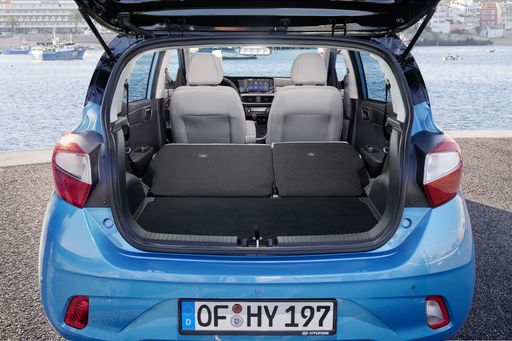 @ hyundai.news
@ hyundai.news
Peugeot 208
Peugeot 208 on saanut laajaa huomiota tyylikkään muotoilunsa ja dynaamisen ajettavuutensa ansiosta. Tämä kompakti auto yhdistää mukavuuden ja energisyyden, mikä tekee siitä erinomaisen valinnan kaupunkiajoon. Lisäksi sen sisätilat ovat hyvin suunnitellut ja tarjoavat modernin tuntuman, joka miellyttää niin kuljettajaa kuin matkustajiakin.
Tiedot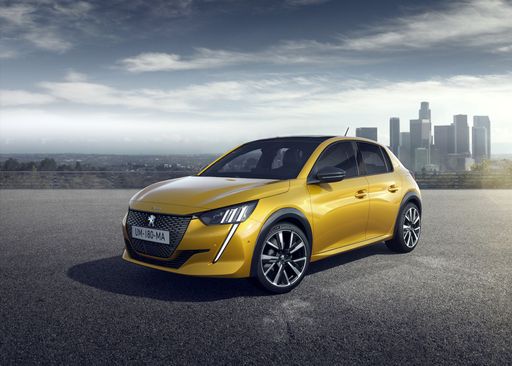 @ www.media.stellantis.com
@ www.media.stellantis.com
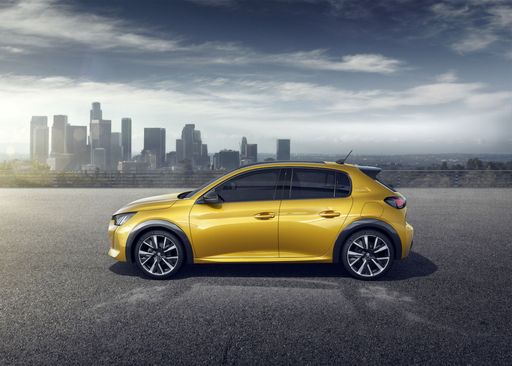 @ www.media.stellantis.com
@ www.media.stellantis.com
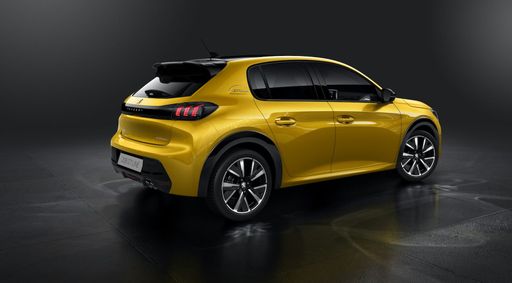 @ www.media.stellantis.com
@ www.media.stellantis.com
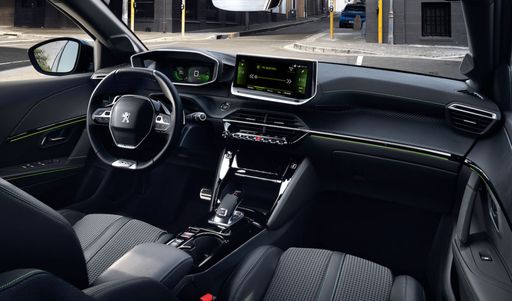 @ www.media.stellantis.com
@ www.media.stellantis.com

|

|
|
|
|
Kustannukset ja kulutus |
|
|---|---|
|
Hinta
17000 - 22200 €
|
Hinta
24100 - 41000 €
|
|
Kulutus L/100km
4.9 - 5.5 L
|
Kulutus L/100km
4.5 - 5.2 L
|
|
Kulutus kWh/100km
-
|
Kulutus kWh/100km
14.1 - 15.4 kWh
|
|
Sähköinen toimintasäde
-
|
Sähköinen toimintasäde
362 - 432 km
|
|
Akun kapasiteetti
-
|
Akun kapasiteetti
46 - 51 kWh
|
|
CO2
110 - 124 g/km
|
CO2
0 - 117 g/km
|
|
Polttoainesäiliön tilavuus
36 L
|
Polttoainesäiliön tilavuus
44 L
|
Mitat ja kori |
|
|---|---|
|
Kori
Hatchback
|
Kori
Hatchback
|
|
Istuimet
4 - 5
|
Istuimet
5
|
|
Ovet
5
|
Ovet
5
|
|
Omamassa
996 - 1099 kg
|
Omamassa
1165 - 1530 kg
|
|
Tavaratila
252 L
|
Tavaratila
309 - 352 L
|
|
Pituus
3670 - 3675 mm
|
Pituus
4055 mm
|
|
Leveys
1680 mm
|
Leveys
1745 mm
|
|
Korkeus
1480 - 1483 mm
|
Korkeus
1430 mm
|
|
Maksimi tavaratila
1050 L
|
Maksimi tavaratila
1118 - 1163 L
|
|
Kantavuus
344 - 423 kg
|
Kantavuus
380 - 430 kg
|
Moottori ja suorituskyky |
|
|---|---|
|
Moottorityyppi
Bensiini
|
Moottorityyppi
Bensiini, Sähkö, Bensiini MHEV
|
|
Vaihteisto
Manuel, Automaatti
|
Vaihteisto
Manuel, Automaatti
|
|
Vaihteiston tyyppi
Manuaalivaihteisto, Automaattinen manuaalivaihteisto
|
Vaihteiston tyyppi
Manuaalivaihteisto, Alennusvaihteisto, Kaksoiskytkin automaatti
|
|
Vetotapa
Etuveto
|
Vetotapa
Etuveto
|
|
Teho hv
63 - 90 hv
|
Teho hv
101 - 156 hv
|
|
Kiihtyvyys 0-100 km/h
11.4 - 18.4 s
|
Kiihtyvyys 0-100 km/h
8.3 - 10.9 s
|
|
Huippunopeus
143 - 175 km/h
|
Huippunopeus
150 - 200 km/h
|
|
Vääntömomentti
93 - 172 Nm
|
Vääntömomentti
205 - 270 Nm
|
|
Sylinterien lukumäärä
3 - 4
|
Sylinterien lukumäärä
3
|
|
Teho kW
46 - 66 kW
|
Teho kW
74 - 115 kW
|
|
Iskutilavuus
998 - 1197 cm3
|
Iskutilavuus
1199 cm3
|
Yleiset |
|
|---|---|
|
Mallivuosi
2024
|
Mallivuosi
2023 - 2025
|
|
CO2-tehokkuusluokka
C, D
|
CO2-tehokkuusluokka
D, A, C
|
|
Merkki
Hyundai
|
Merkki
Peugeot
|
Onko Hyundai i10 saatavana eri vetotavoilla?
Mallia tarjotaan Etuveto-versiona.
Näytetyt hinnat ja tiedot ovat arvioita, jotka perustuvat Saksan listahintoihin, ja voivat vaihdella maittain. Nämä tiedot eivät ole oikeudellisesti sitovia.
